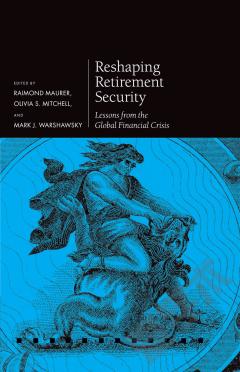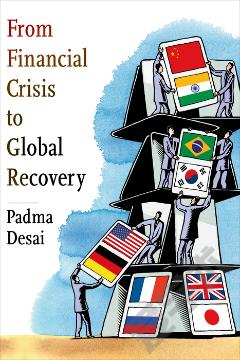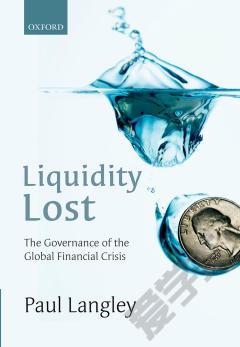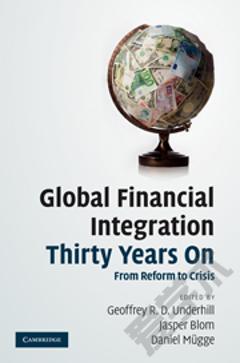Reshaping Retirement Security —— Lessons from the Global Financial Crisis
----- 重塑退休保障: 全球金融危机的教训
知识图谱网络
The book explores the lessons to be learnt for retirement planning and long-term financial security in view of the massive shocks to stock markets, labour markets, and pension plans caused by the financial crisis. It aims to rethink the resilience of defined contribution plans and how defined benefit plans reacted to the financial crisis.
{{comment.content}}








 京公网安备 11010802027623号
京公网安备 11010802027623号